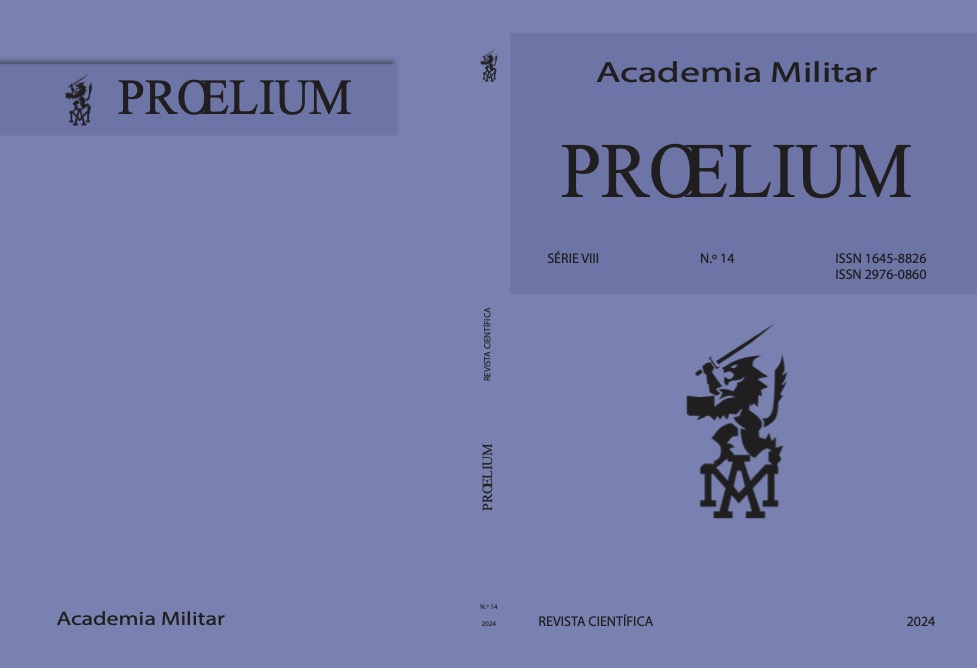THE INFLUENCE OF THE SAMPLING METHOD ON QUALITY CONTROL IN THE PRODUCTION OF AMMUNITION
DOI:
https://doi.org/10.60746/8_14_36819Resumo
In statistical process control, particularly in the production of ammunition, it is assumed that the quality characteristic under study follows a normal distribution, with the sampling method used being one of the critical factors. Regarding sampling methods, among fixed, dynamic and mixed methods, some are more effective than others for different magnitudes of quality change. In this study, a dynamic method based on the Laplace function was used to define the sampling intervals, called LSI (Laplace Sampling Intervals). Using analytical expressions of the statistical properties of the sampling method, we consider that the quality characteristic follows a gamma distribution (asymmetric) and Shewhart-type control charts for sample averages. In this context, the performance of the LSI sampling method, in terms of system failure times (AATS, Adjusted Average Time to Signal) is compared with the performance of the FSI (Fixed Sampling Intervals) and VSI (Variable Sampling Intervals) sampling methods, for different values of the shape and scale parameters of the Gamma distribution. The results show the method is robust in detecting quality changes in critical situations and contexts.
Keywords: Statistical Process Control, Adaptive Sampling, X-bar Charts, Gamma Distribution, Production of Ammunition


